What is the proportion of Mamba coffee on the front street? How about mamba coffee? how do you drink mamba coffee?
[preface]
When it comes to hand-made coffee, we have to talk about a classic match-Mamba coffee! As the name implies, Mamba Coffee is a blend of Indonesian Mantenin and Brazilian coffee.
In order to see what it feels like to mix coffee with Mamba, and why it can become such a classic coffee mix. We decided to try [Lin Dong Mantning] and [Brazilian Red Bourbon]!
[Lin Dong Manning]
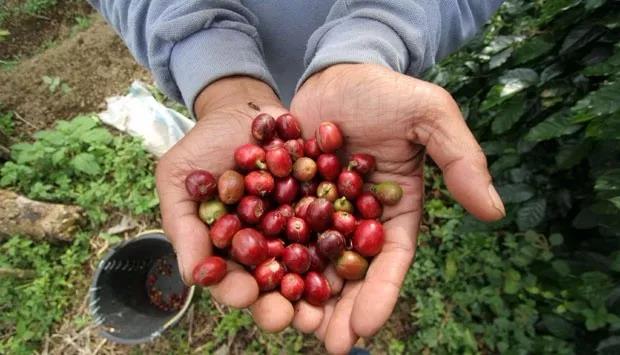
In the mid-17th century, coffee trees were introduced to Indonesia by the Dutch. Indonesia exported 300000 tons last year, making it the fourth largest coffee producer in the world. About 75000 tons are Arabica coffee. 90% of these coffees are grown by sharecroppers on one hectare or less.
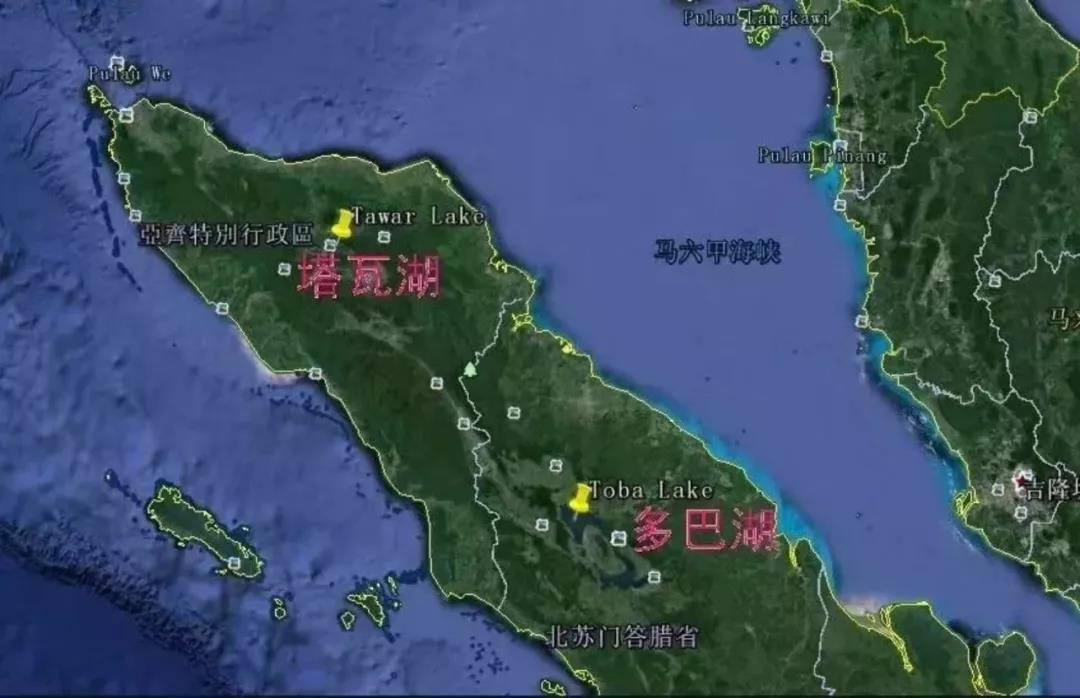
The main producing areas of Indonesian coffee are Sumatra, Java and Sulawesi, of which "Manning" from Sumatra is the most famous. At the north end, Lake Tawa can be called Aceh Coffee or Lake Tawa Coffee, and the area between Lindong and Lake Toba can be called Manning. There are eight provinces, but only two provinces grow a lot of coffee-Aceh and Jiangsu, the two most representative coffee producing areas are the Gayo Mountains around Lake Lake Tawar in Aceh, which are grown by indigenous Gayo people. Coffee in Jiangsu Province is grown around Lake Lake Toba, which covers a huge area and is the largest volcanic lake in the world. Mantenin, produced by Lake Tawa and Lake Toba, is the famous "two lakes and two man", while to the south of Lake Toba is the Lintong producing area.
[planting environment]
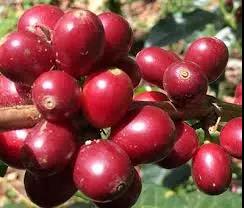
Lin Dong Mantning grows in the original Michael Mountains at an altitude of 1000-1500. There are many volcanoes and lakes in the territory, the most famous of which is the freshwater lake Lake Lawar. Fresh soil, which comes from volcanic soil, is a primitive brown ash mixed with a considerable amount of organic matter. Coupled with the local rainforest climate, Rain Water is abundant all the year round, providing the most suitable geographical and climatic environment for coffee growth.
[wet planing]
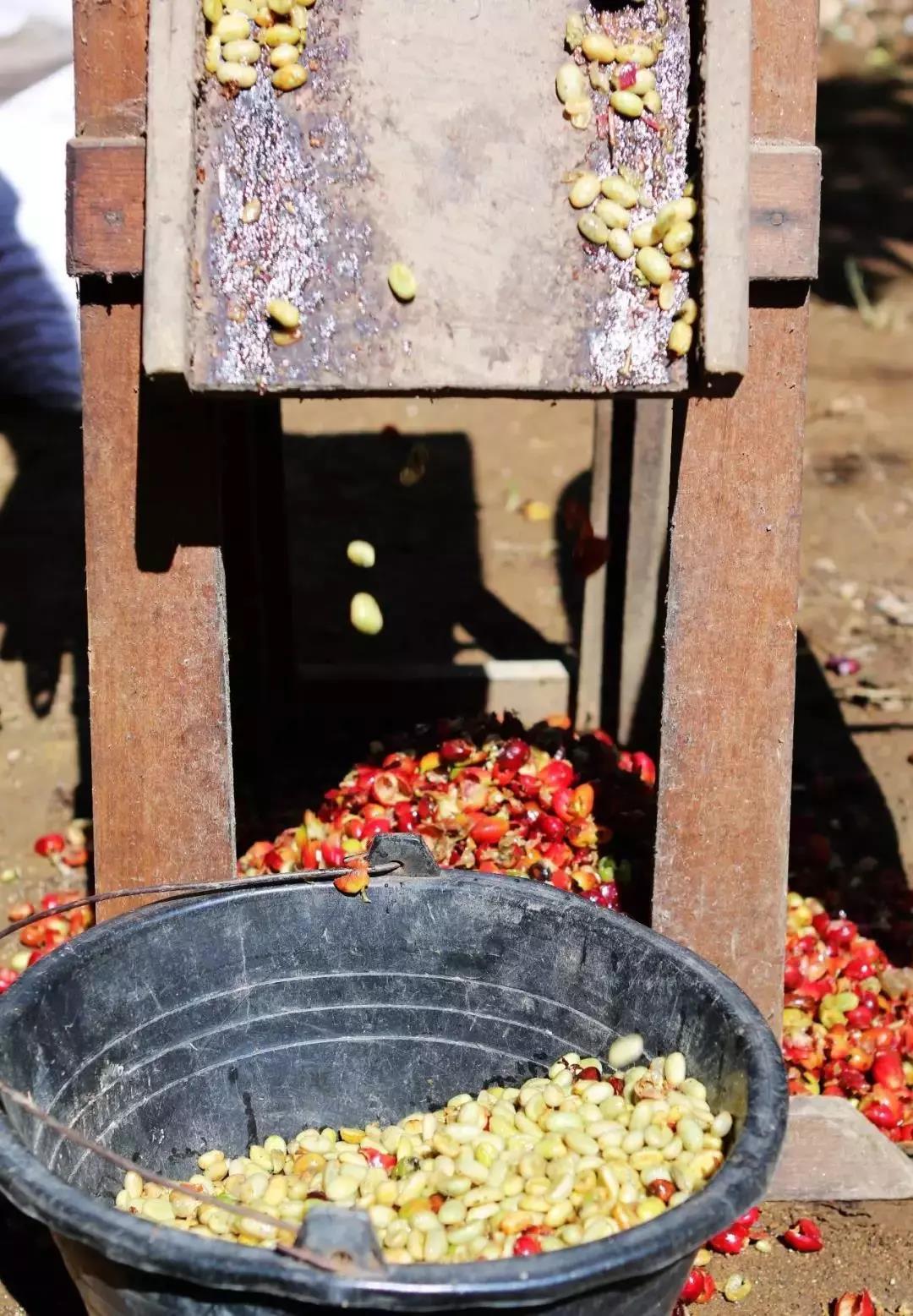
The reason why Manning's flavor is mellow and strong, the personality is very distinct, which is inseparable from a unique Indonesian treatment [wet planing]. It takes an average of 2-3 weeks for coffee to dry, because Indonesia has 70-90% humidity all year round, typhoons and heavy rainfall, and dry coffee is a big problem in such a humid climate in Indonesia. Farmers seek more efficient economic returns. It is obviously different from the water washing method, removing the skin and flesh, leaving the parchment and mucous membrane to ferment in the pool, then washing off the mucous membrane, drying the parchment in the sun for 2-3 days until the moisture content is 20-24%. Planing off the parchment will remove the parchment to do the last step of drying, so that the sun will shine directly on the surface of the raw bean, making the coffee raw bean dry quickly, which is 2-3 times faster than the washing treatment. So beans are more likely to be squeezed and form a small gap, which is what we often call horseshoes or sheep's hoof beans. So you often see bauhinia in Manning, but it's not a defective bean, it's the result of treatment.
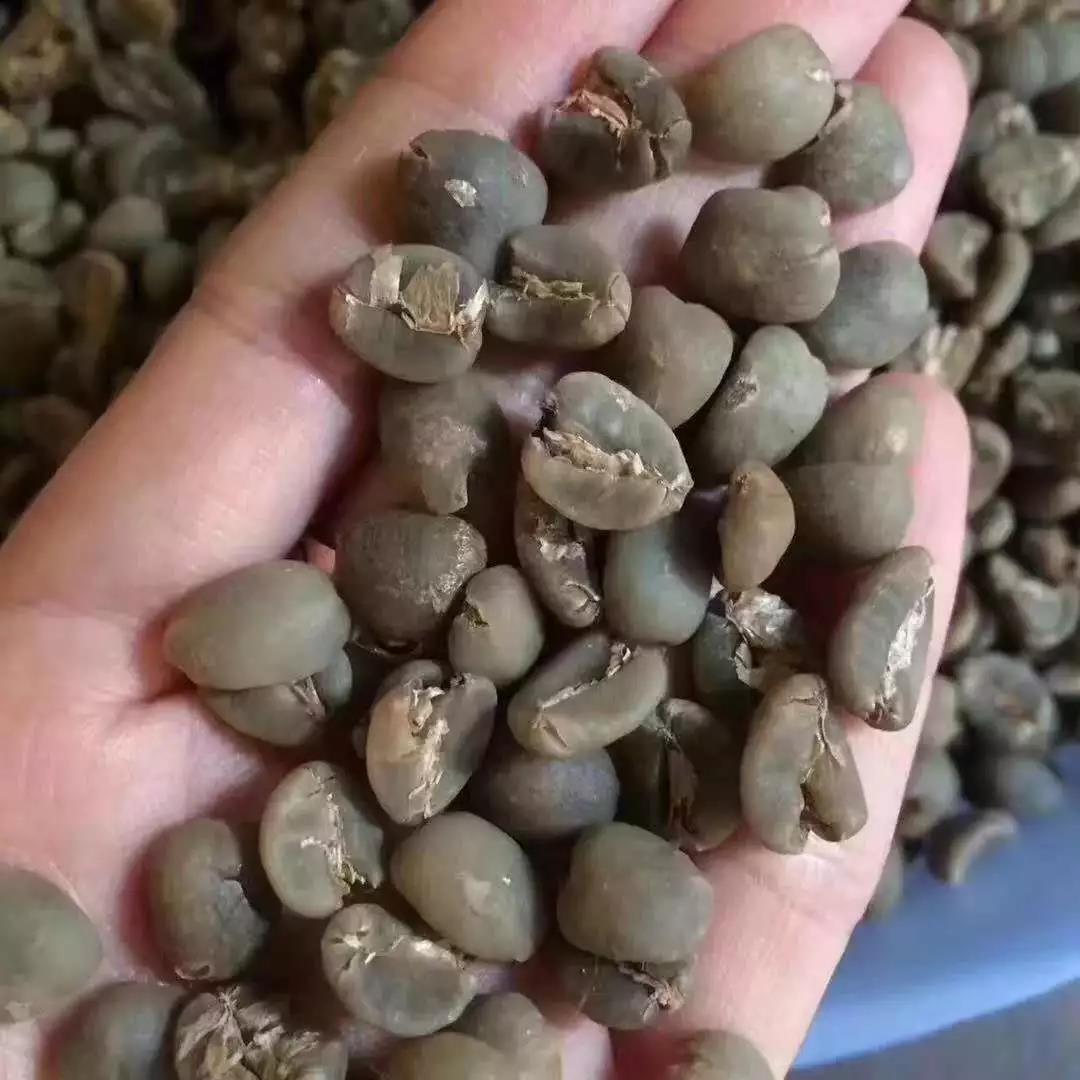
[flavor]
Sweet herbs, cinnamon spices, orange pomelo peel aromas, mellow sweetness, creamy walnut chocolate. The fruit acid is introverted and soft, with a strong melon fragrance in the aroma, the herb fragrance decreases with the temperature, with a hint of spice, the herb flavor is mellow and full of sweetness.
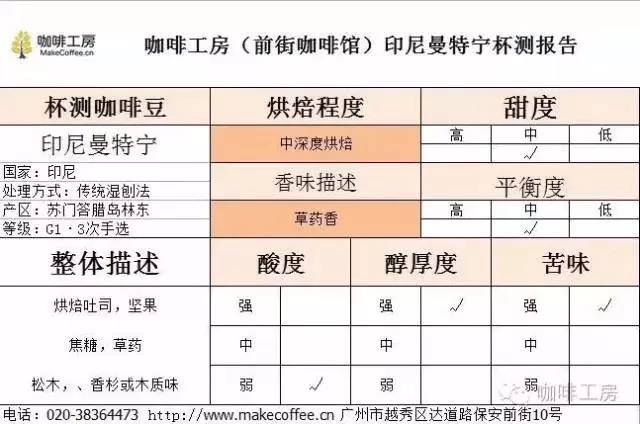
[Brazil Red Bourbon]
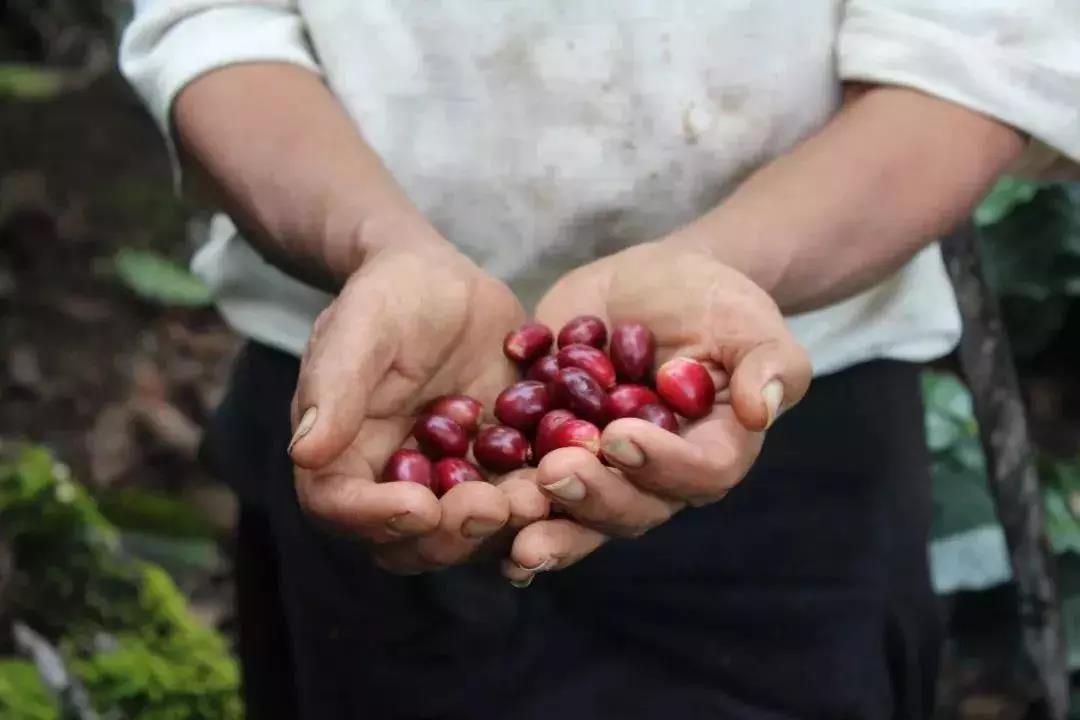
The Brazilian Red Bourbon we chose is from South Minas, one of the earliest coffee producing areas in Brazil, above sea level in the hills of 700m-1200m.
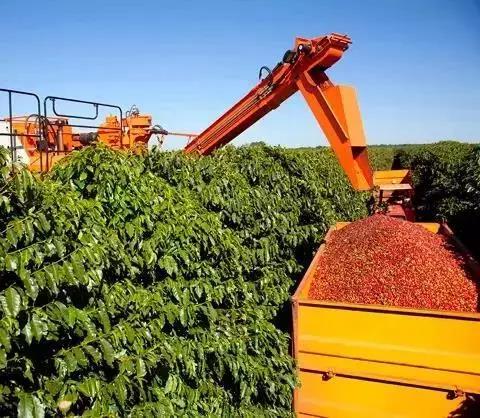
There are mainly two kinds of topography in Brazil, one is the Brazilian plateau above 500 meters above sea level, and the other is the Brazilian plain below 200 meters above sea level. The main cultivated and well-known variety is bourbon (including yellow bourbon, red bourbon, Pingdou Shan du Shi). The taste of Brazilian coffee is mainly characterized by low acidity, nutty flavor, balanced and moderate thickness. In the world of boutique coffee, Brazilian coffee is not outstanding, but Brazilian coffee is often used as a blending variety in Italian coffee. Because of the high degree of balance, it is often used by merchants as blue mountain flavor beans.
[treatment]
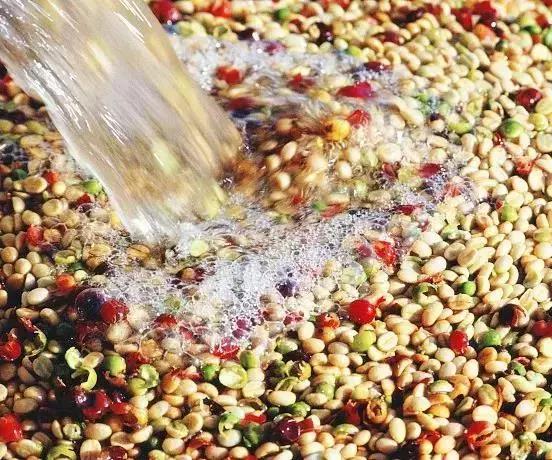
This bean is treated by semi-washing.
After picking coffee cherries, remove the immature fruit and foreign body through the sink, remove the skin and part of the pulp, and then use the pectin machine to remove the mucous membrane. The removal of mucous membrane helps to reduce the required sun drying time and reduce the risk of fermentation. This method is often used when the climatic conditions are not so ideal. If the air humidity is high, the climate is warm or there is rain, then there is a risk of mildew in the drying process. As a result, most of the washed beans used in commodity trade in Brazil are processed by semi-washing.
[flavor]
High sweetness, clean, supple, low acid, tropical fruit aroma.
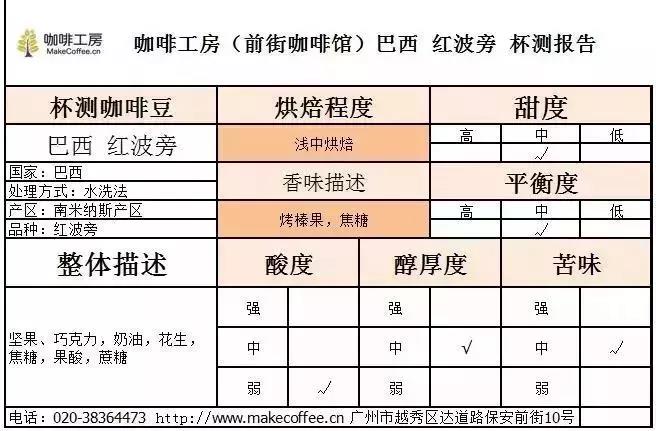
[Lin Dong Mantning] and [Brazilian Red bourbon] are both baked in medium and deep depth, and we put the two beans together in the proportion of 1:1.
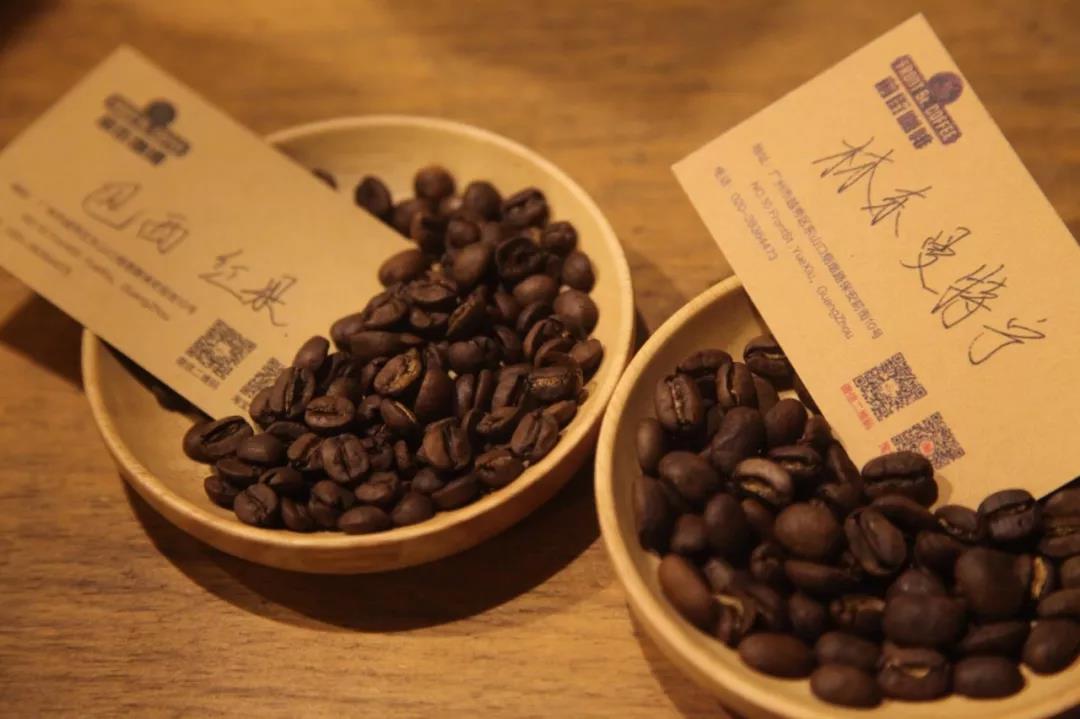
[cooking suggestion]
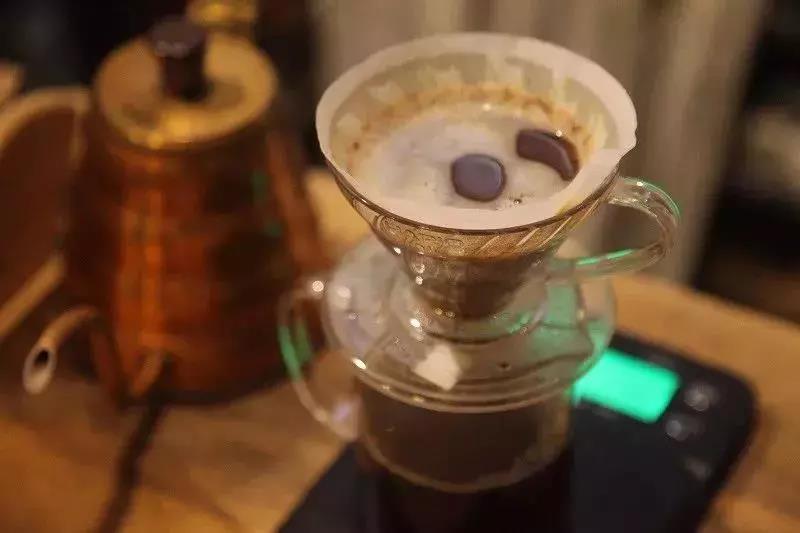
Recommended cooking method: hand flushing
Degree of grinding: 4 (Fuji R440)
Water temperature: 88 °C
V60 filter cup, 17 grams of powder, water temperature 88 degrees, grinding 4, water powder ratio close to 1:14
Steaming in 30 grams of water for 30 seconds
Segment: water injection to 120ml cut off, slow water injection to 230ml
That is, 30-120-230, the total extraction time is 1: 39: 50.
Flavor:
Dry fragrance has some spices, herbal aroma, wet fragrance has chocolate aroma.
The first part is a soft fruit acid, the middle part of the black chocolate is very obvious, the tail rhyme is a typical Mantenin herbal flavor, caramel sweet and long-lasting.
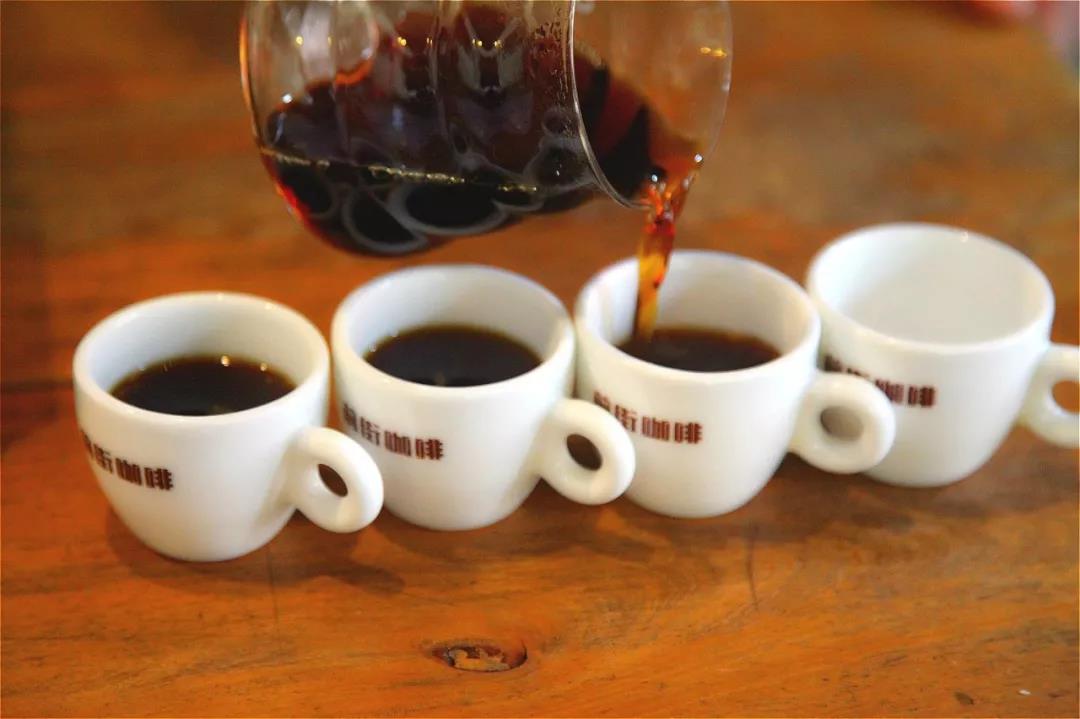
Generally speaking, [Mamba mixed Coffee] is a kind of coffee with high alcohol thickness and bitterness. If you usually prefer to drink rich coffee, you might as well give it a try!
Important Notice :
前街咖啡 FrontStreet Coffee has moved to new addredd:
FrontStreet Coffee Address: 315,Donghua East Road,GuangZhou
Tel:020 38364473
- Prev
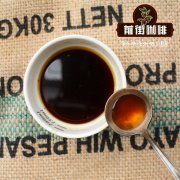
Wash Yejia Xuefei introduce how to drink rinse water wash Yega Xuefei ratio
Professional coffee knowledge exchange more coffee bean information Please follow the coffee workshop (official Wechat account cafe_style) use the phrase "coffee entrance, flowers in full bloom" to describe Yega Xuefei, just like flowers promote the comfort of taste buds and olfactory cells in the nasal cavity. Yega Chefe is located in Ethiopia, the birthplace of Arabica coffee beans. A natural wetland.
- Next
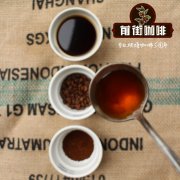
First place in 2018 Rwanda COE Excellence Cup | Rwanda Twumba Gitabura Cell Nyaruya
Professional coffee knowledge exchange more coffee bean information please follow the coffee workshop (Wechat official account cafe_style) 2018 Rwanda COE Excellence Cup No. 1 | Rwanda Twumba Gitabura Cell Nyaruyaga village coffee flavor and taste? The Twumba coffee washing station is located in the village of Nyaruyaga in Gitabura Cell, Twumba District, Karongi District, West Province of Rwanda. The place
Related
- Detailed explanation of Jadeite planting Land in Panamanian Jadeite Manor introduction to the grading system of Jadeite competitive bidding, Red bid, Green bid and Rose Summer
- Story of Coffee planting in Brenka region of Costa Rica Stonehenge Manor anaerobic heavy honey treatment of flavor mouth
- What's on the barrel of Blue Mountain Coffee beans?
- Can American coffee also pull flowers? How to use hot American style to pull out a good-looking pattern?
- Can you make a cold extract with coffee beans? What is the right proportion for cold-extracted coffee formula?
- Indonesian PWN Gold Mandrine Coffee Origin Features Flavor How to Chong? Mandolin coffee is American.
- A brief introduction to the flavor characteristics of Brazilian yellow bourbon coffee beans
- What is the effect of different water quality on the flavor of cold-extracted coffee? What kind of water is best for brewing coffee?
- Why do you think of Rose Summer whenever you mention Panamanian coffee?
- Introduction to the characteristics of authentic blue mountain coffee bean producing areas? What is the CIB Coffee Authority in Jamaica?

